
Sciences & Technology
Laos jars are slowly revealing their secrets
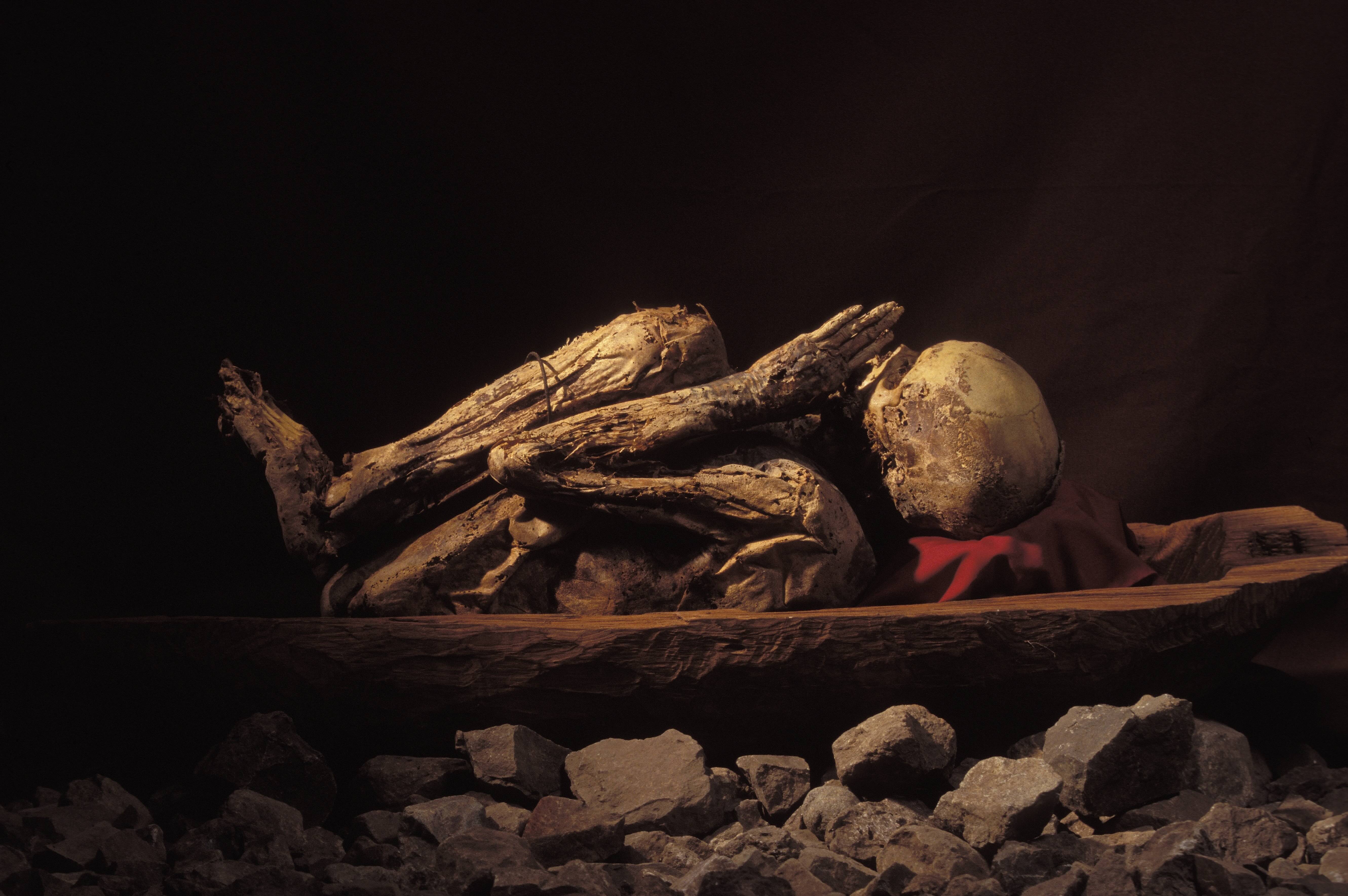
An unexpected family link to the Philippines’ Kabayan mummies inspired research into environmental changes in the mountain caves that house them
Published 23 January 2024
Tucked away in rock shelters in the secluded northern mountains of Luzon in the Philippines, the Kabayan ‘fire’ mummies lie at rest.
These mummies are what’s left of a tradition that was carried out for hundreds of years up until the 19th century.
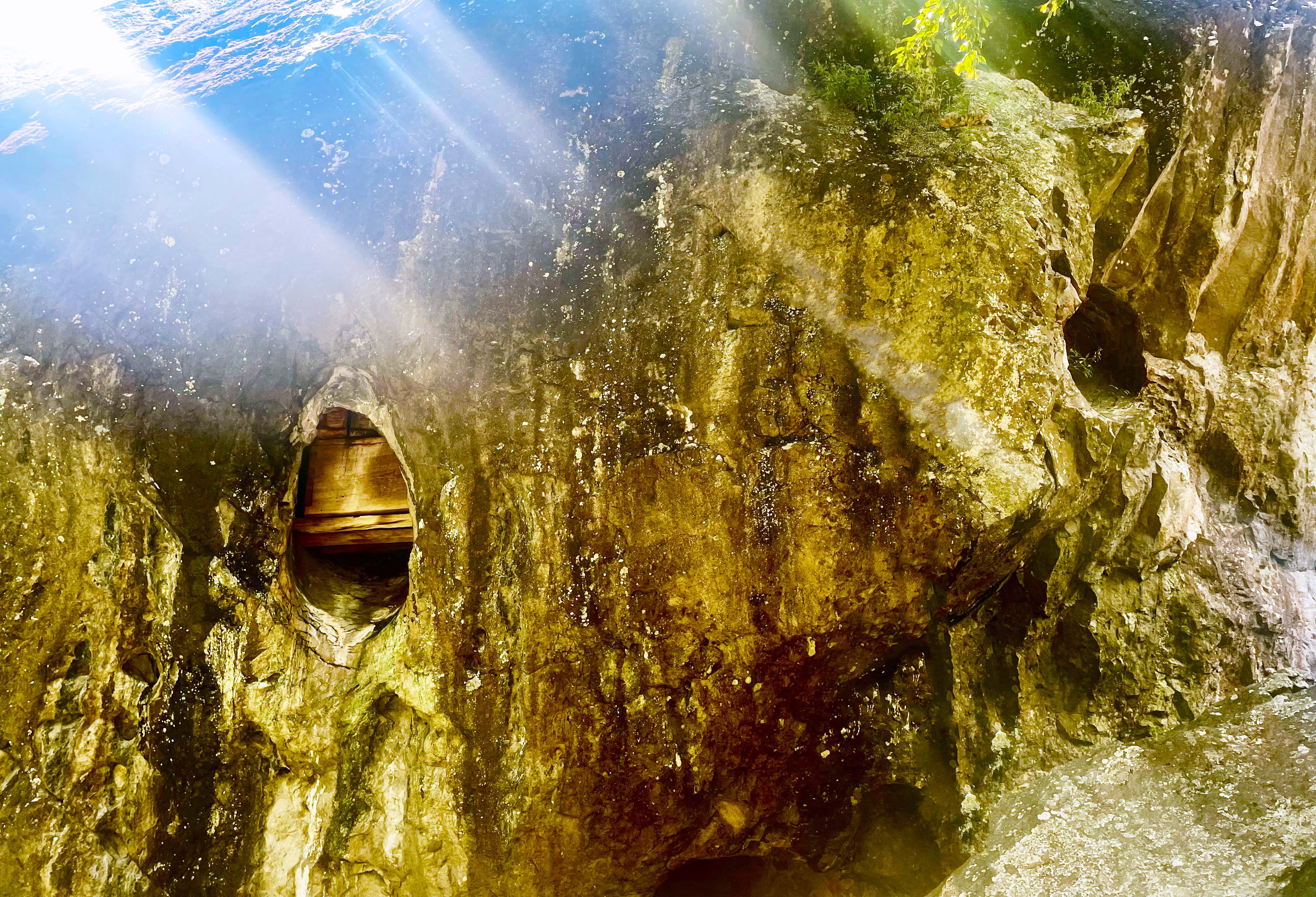
Known popularly as ‘meking’ or the ‘fire mummies’, these sacred remains are the preserved ancestors of the Ibaloi, one of the distinct ethnolinguistic groups of the mountainous Cordillera Benguet region.
Some of the history of the mummies has been lost over time, but what we do know is that this process of mummification dates back as early as 200 BC and involved drying and dehydrating human remains using heat and smoke from a fire – giving us the term ‘fire mummy’.
In the municipality of Kabayan, according to UNESCO, “more than 200 man-made burial caves have been identified … 15 of which contain preserved human mummies”.
While many of the rock shelters that house these unique mummies have been forgotten or purposefully hidden, around ten Kabayan sites remain well known.
Some of these sites have been there for hundreds of years, but due to progressive environmental changes, the mummies are slowly deteriorating. And it was a surprise family link to the Kabayan mummies that helped drive our research into how best to conserve them.
In September 2023, our team from the University of Melbourne’s Grimwade Centre for Cultural Materials Conservation, supported by the National Geographic Society, travelled to Kabayan to examine and monitor the environmental conditions of these important burial sites.
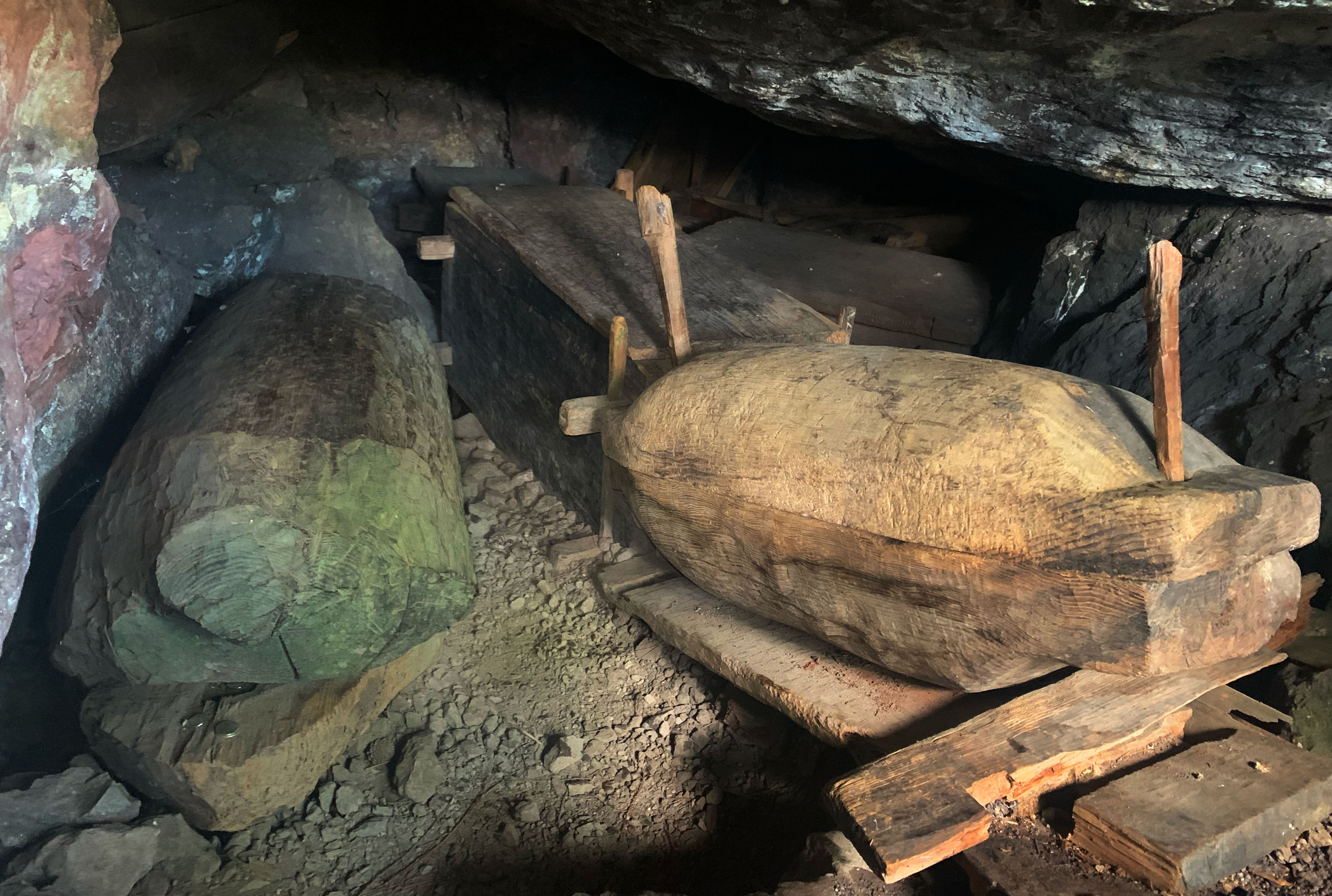
The Ibaloi believed that interring their ancestors high in the mountains allowed them to be closer to the gods. This means most of the known Kabayan mummies are housed in rock shelters near the peak of the highest mountain in Luzon, which stands at just under 3000 metres.
For hundreds of years, the cooler climate of the mountains helped preserve these mummies.
But climate change, structural leaks in the rock shelters and the modernisation of the Kabayan region mean the mummies and artifacts interred with them are increasingly deteriorating.

Sciences & Technology
Laos jars are slowly revealing their secrets
These environmental factors have caused the mummies’ skin to become brittle and fostered the growth of mould and insect activity.
While previous projects over the last decade or so have focused on documenting and conserving the mummies, little has been done to study and monitor the environments of the rock shelters themselves.
From a conservation standpoint, understanding these changing environmental conditions is essential to developing effective preventive measures that can help preserve these cultural treasures.
Our aim in travelling to Kabayan was to install weatherproof environmental monitors that measure the relative humidities (RH) and temperatures at seven rock shelters that will record environmental data for the next 10 months.
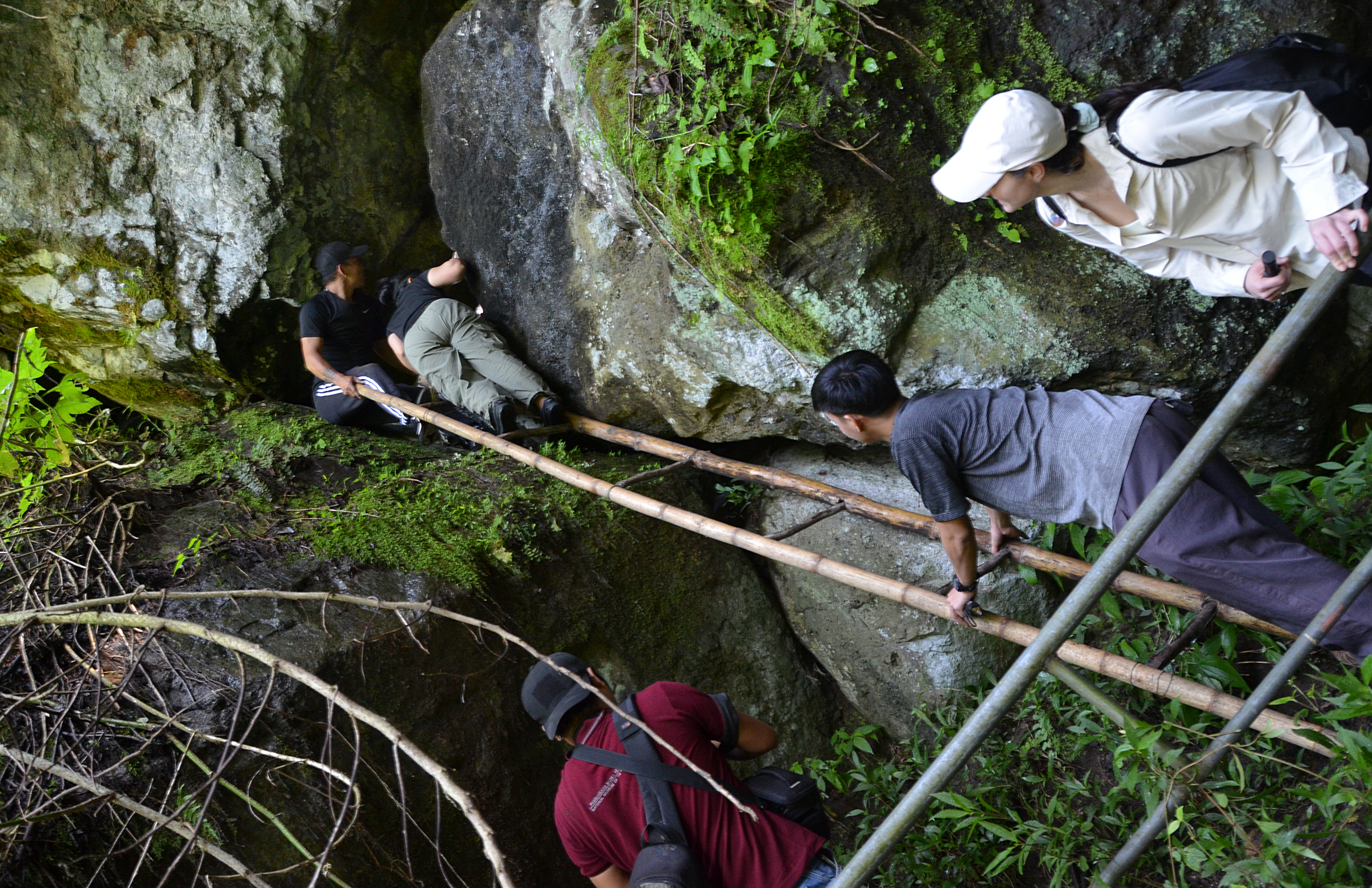
These measurements will tell us the environmental patterns in and around the rock shelters, which can potentially inform future conservation treatments for the preservation of the Kabayan mummies.
The monitors are set up inside the caves, but because they are bluetooth enabled, the local teams collecting and downloading the data each month don’t have to repeatedly access the rock shelters, which could contribute to further deterioration of the mummies.
However, it does mean that one unfortunate local technician has to make the steep hike up to each site every four weeks to get the information from the monitors.
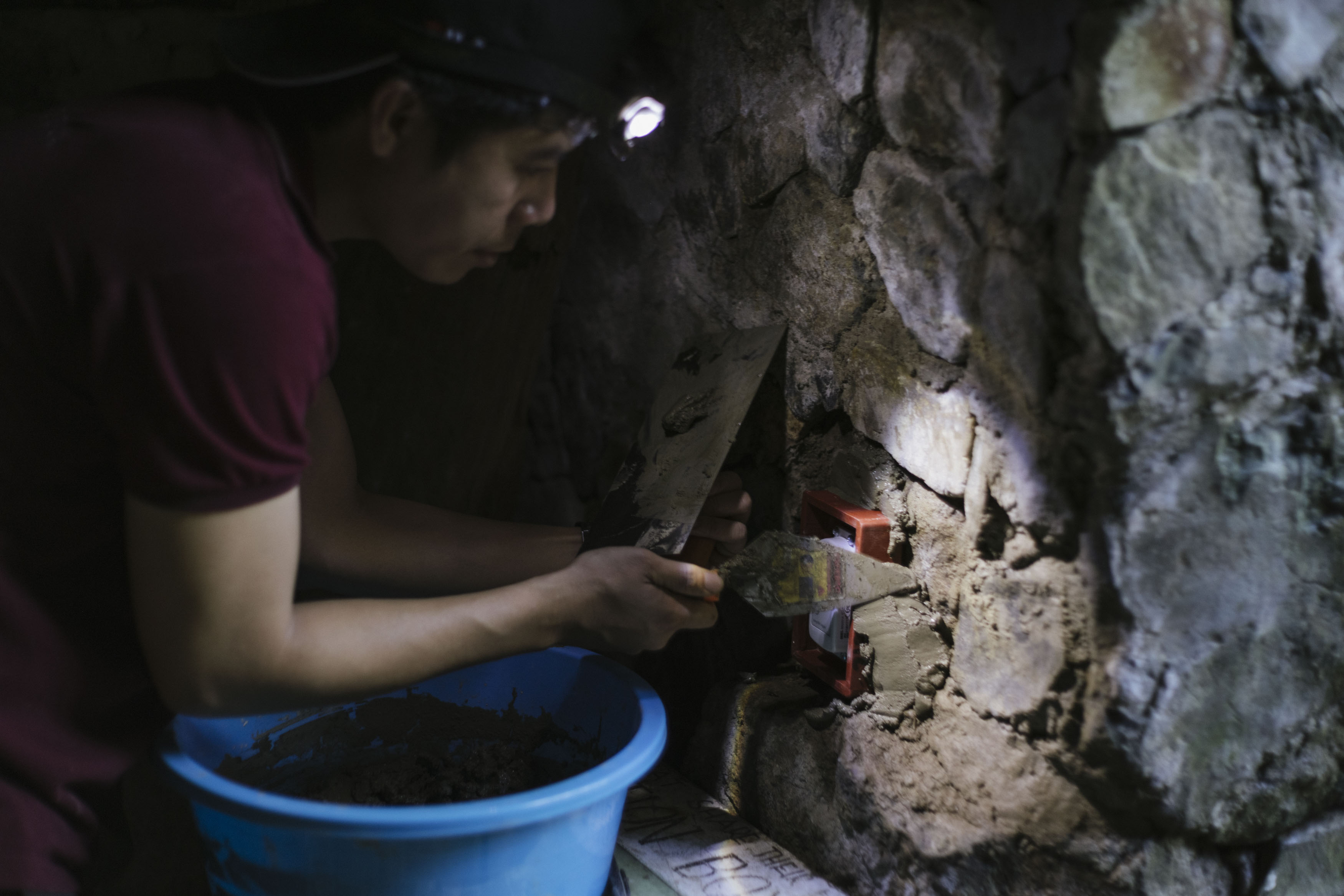
For us, collaborating with Kabayan Elders was essential for our project’s success. It was vital that there was minimal disturbance of the rock shelters to get approval for our fieldwork, and we’ve worked with community members to ensure that they play an active part in discussions and approvals.
The Ibaloi people are one of seven distinct major Indigenous groups in the Northern Cordilleran region of the Philippines.

Arts & Culture
Lucky discoveries of lost ancient history
Kabayan – a remote municipality in the Benguet province eight-hour’s drive from the capital city of Manila – is considered the cultural centre of the Ibalois.
The secrets of the Kabayan mummification process have been passed down solely through oral storytelling and anecdotes – but many of the details of the practice have been lost over time.
We do know that the mummification process was a pre-colonial tradition in Benguet, that the process of mummification was labour intensive and that it could take up to two years – with varying results.
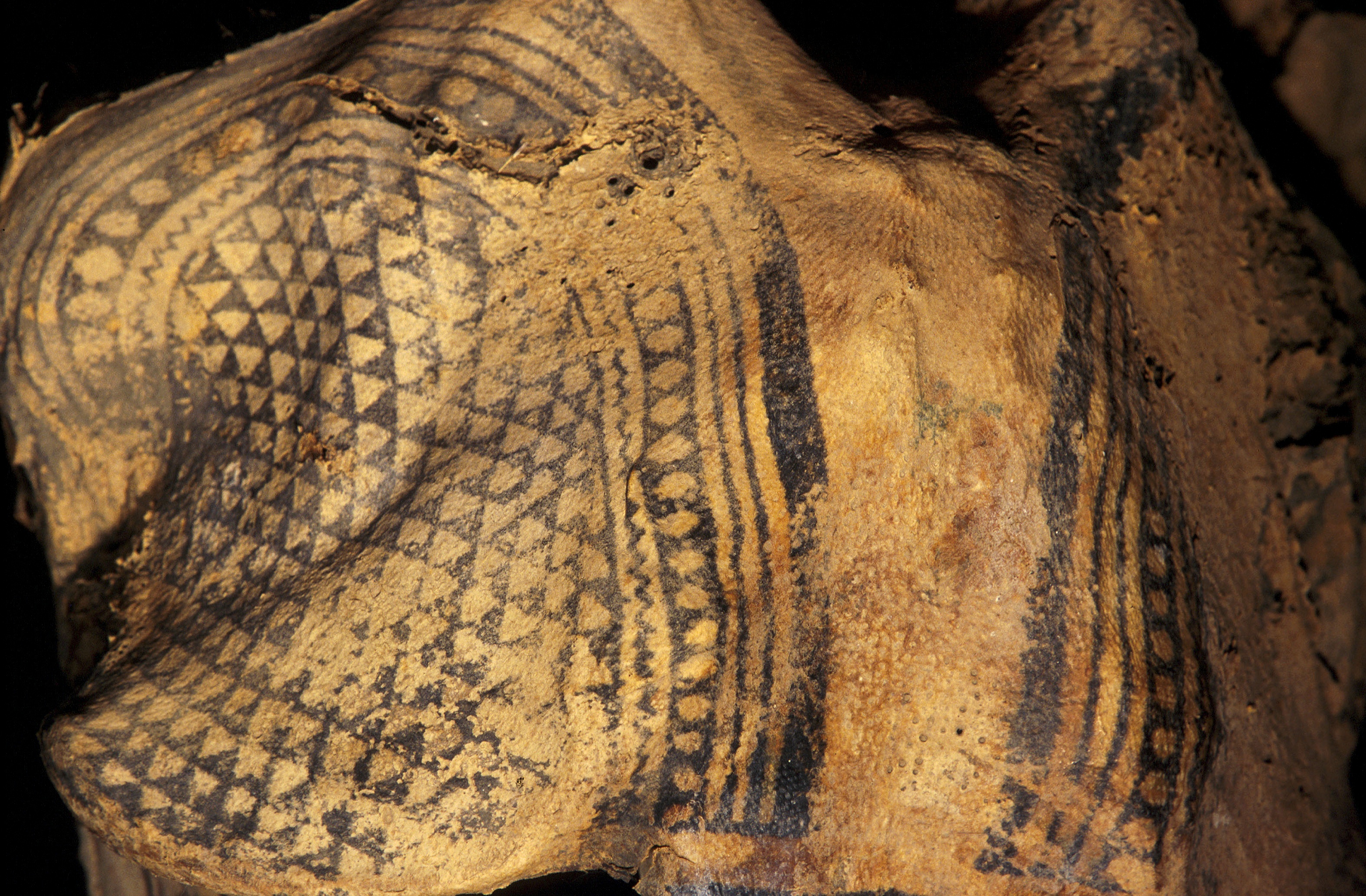
If successful, the mummification was so effective it preserved tattoos and hair still visible today.
The mummies remain important to the Ibaloi people, who believe that they are eternally connected to the spirits of their mummified ancestors. This significance has been recognised both nationally and internationally.
In 1973, Presidential Decree 260 designated the Kabayan mummies as ‘National Cultural Treasures’, and in 2006, UNESCO added them to the list of heritage site proposals.

Arts & Culture
Restoring one of the world’s rarest maps
The preservation of the Kabayan mummies became much more personal to one of our team – graduate student, Fen Reyes.
Fen first became aware of the mummies when she was researching Ibaloi culture linked to her great grandmother. While she was gathering oral history records from family, she made an unexpected and personal discovery: her great grandmother, named Kong-eh, was the last in her family to begin the mummification process.
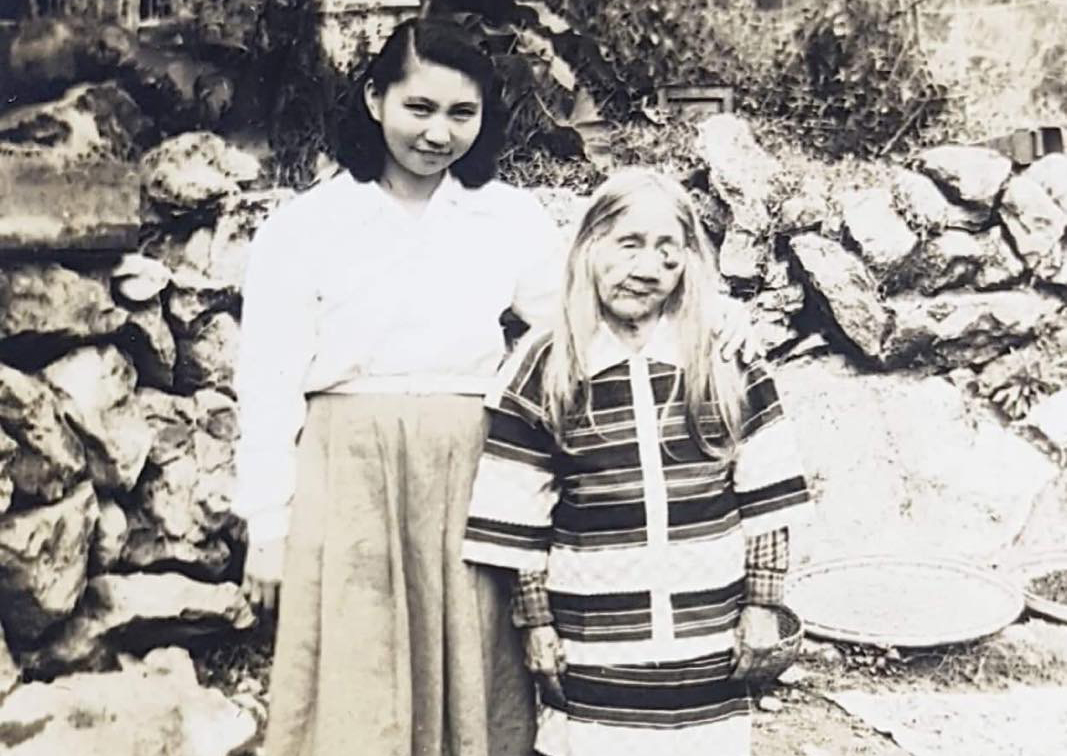
Now ‘begin’ is an important word here, as Kong-eh’s descendants ultimately stopped the process to give her a Catholic burial (the main religion in the Philippines) that aligned more closely with their ‘modern’ beliefs.
This connection gave Fen a unique perspective on our research and a personal drive to ensure that the Kabayan mummies are appropriately and respectfully preserved.

Arts & Culture
Faithfully conserving a Rembrandt
Our environmental monitors are programmed to measure and record the relative humidities and temperatures at each rock shelter every thirty minutes for the next ten months.
During the first week of each month, a technician from the Kabayan Burial Cave Site Museum and Satellite Office of the National Museum of the Philippines visits each and every rock shelter to download the data that will then be analysed by our research team.
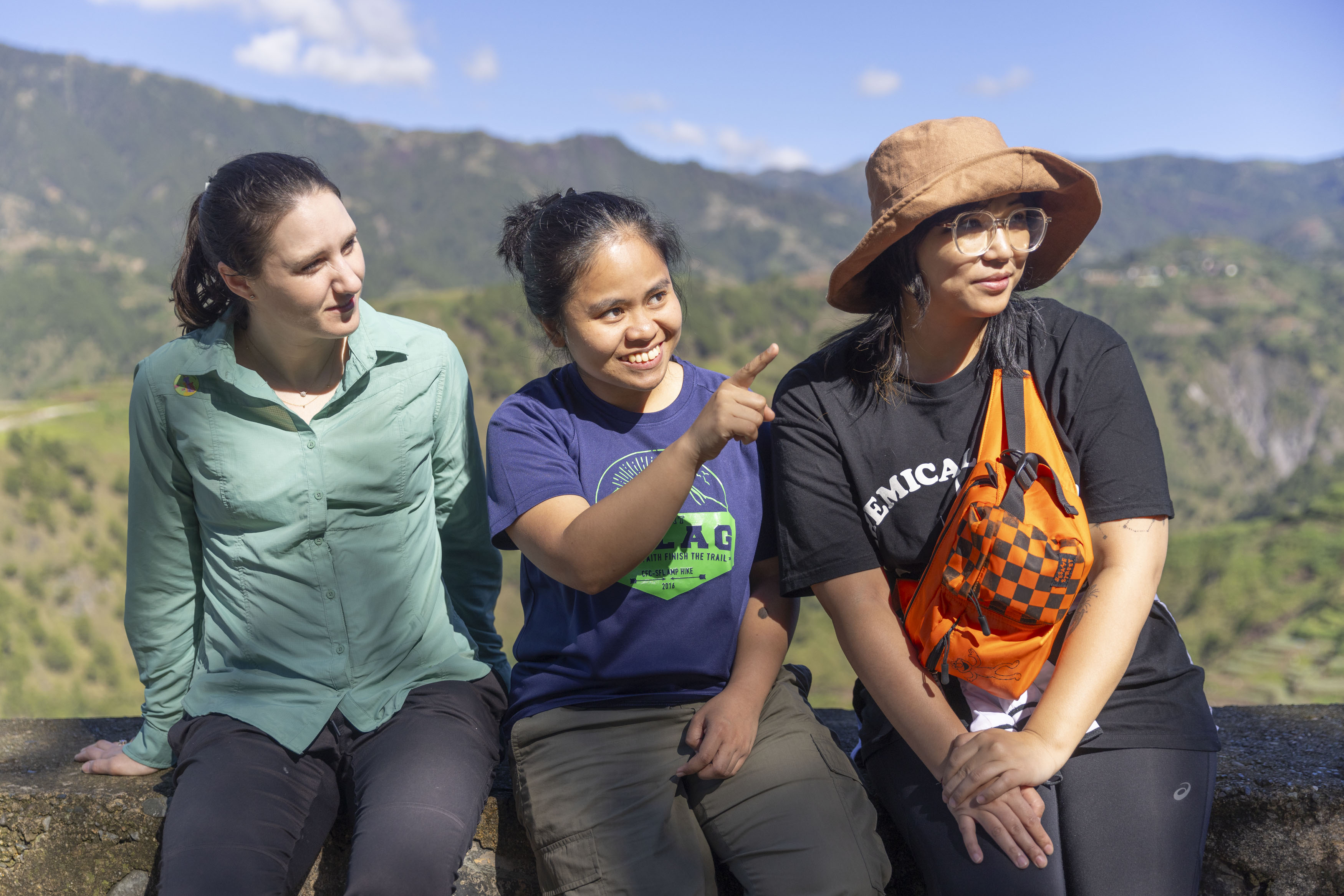
Understanding the environment of the rock shelters that house the mummies is vital; we hope that the data we get will provide insight into why the Kabayan mummies are deteriorating and help inform any future maintenance measures – like the best time of year to remove the mummies from their coffins for ongoing preservation efforts.
We also hope that by including the local community in the fieldwork and collection of data, it will help to improve the management of the rock shelters by local custodians.
Understanding the impact environmental damage is having on the culturally diverse histories of humankind – which includes the unique cultural remains of the Kabayan mummies – is just one step in helping to preserve various cultural traditions and histories for the future.
If you’d like to keep up with the latest on the Kabayan mummies, you can follow the teams’ updates on Instagram.
Banner: Getty Images